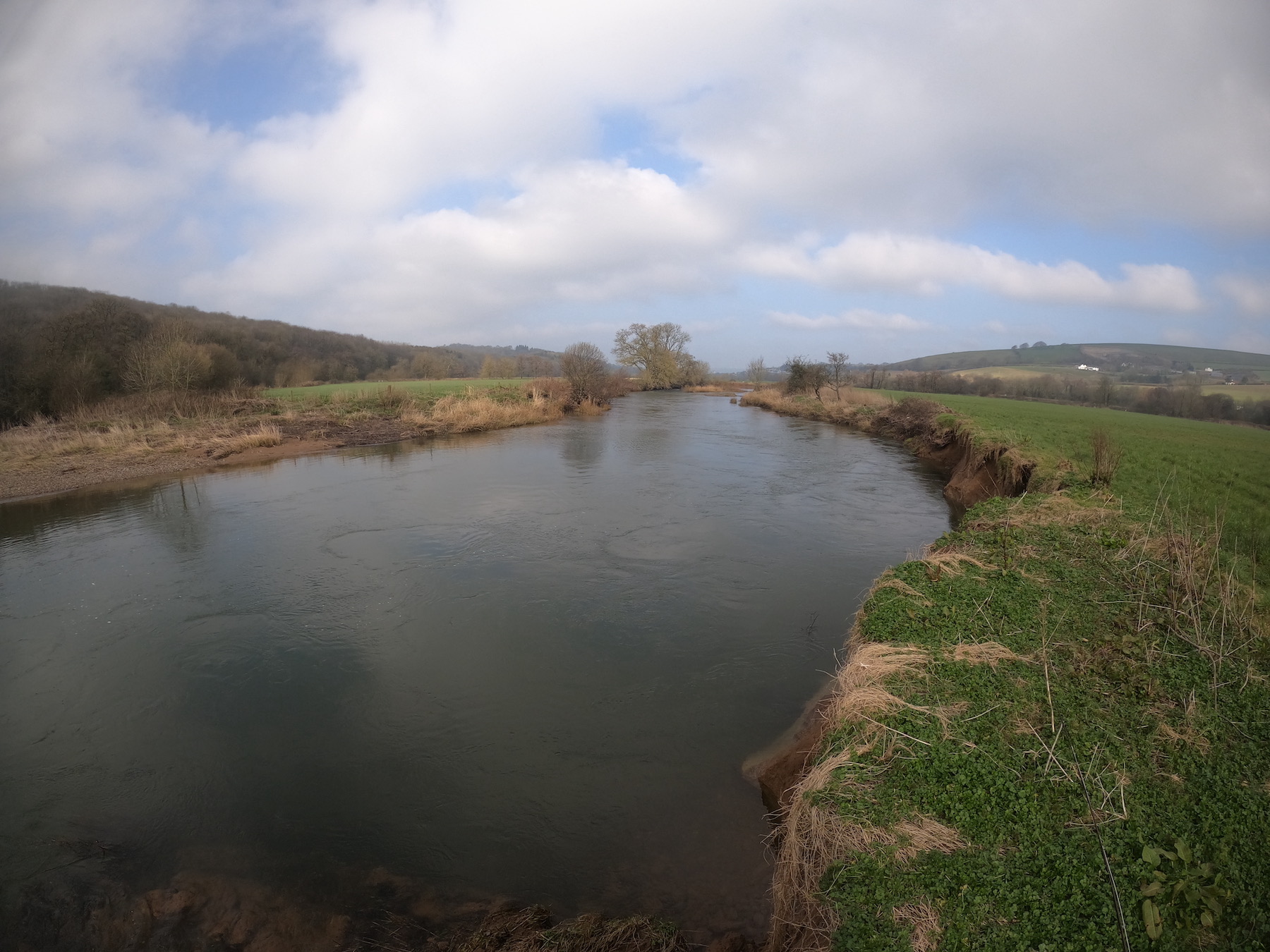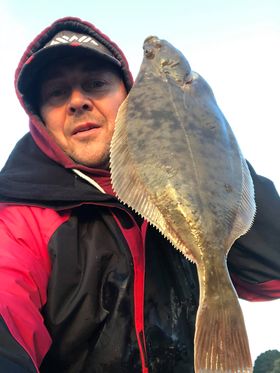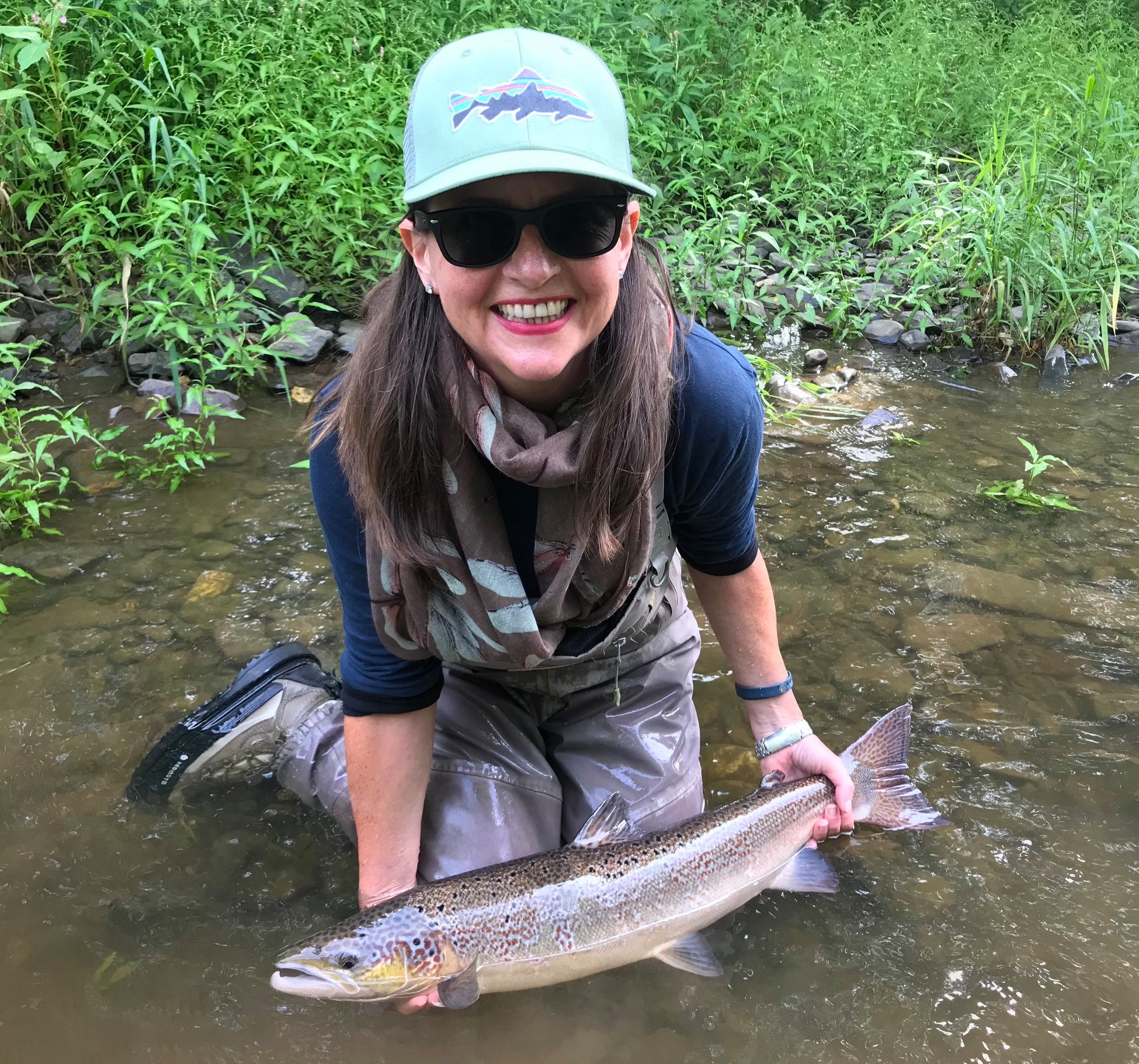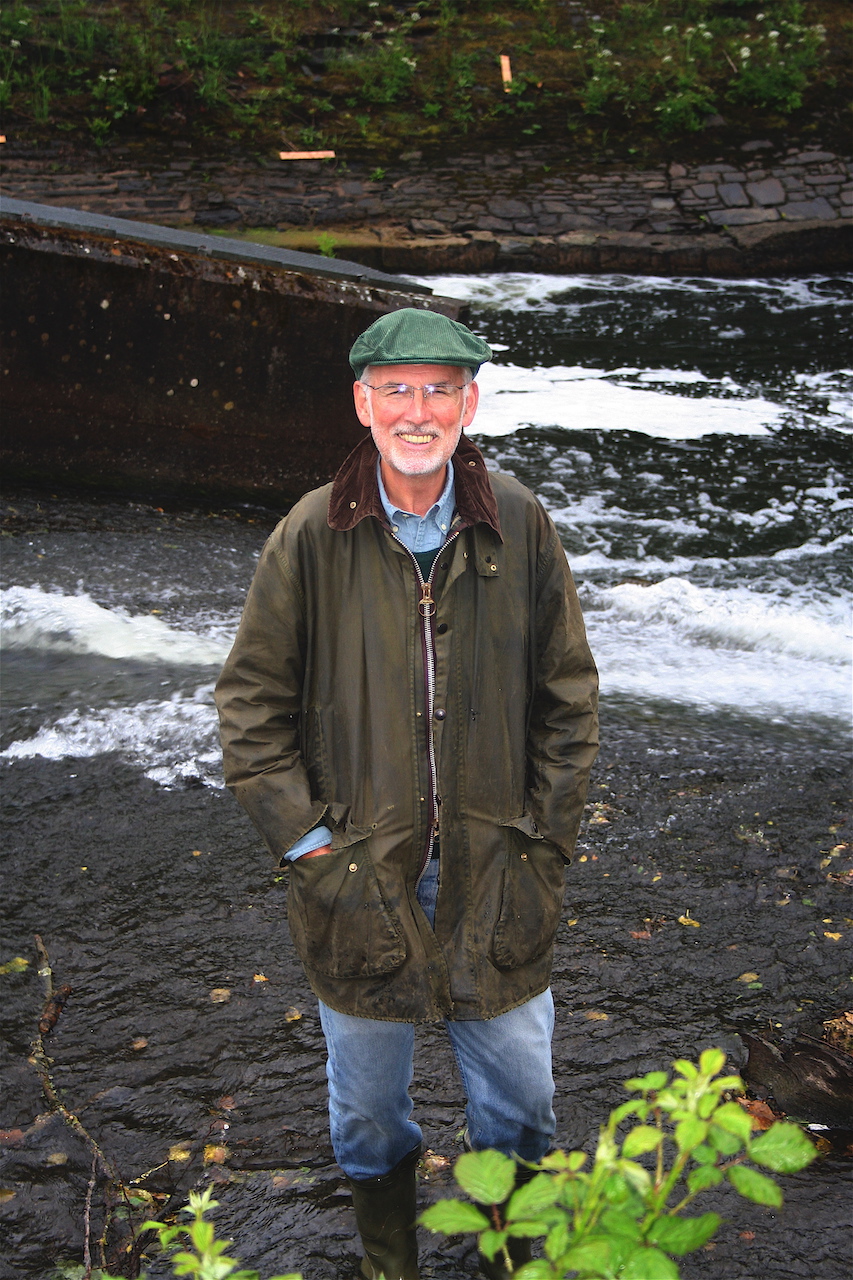2021 AGM RIVER REPORT, RIVER TAW FISHERIES & CONSERVATION ASSOCIATION – ALEX GIBSON
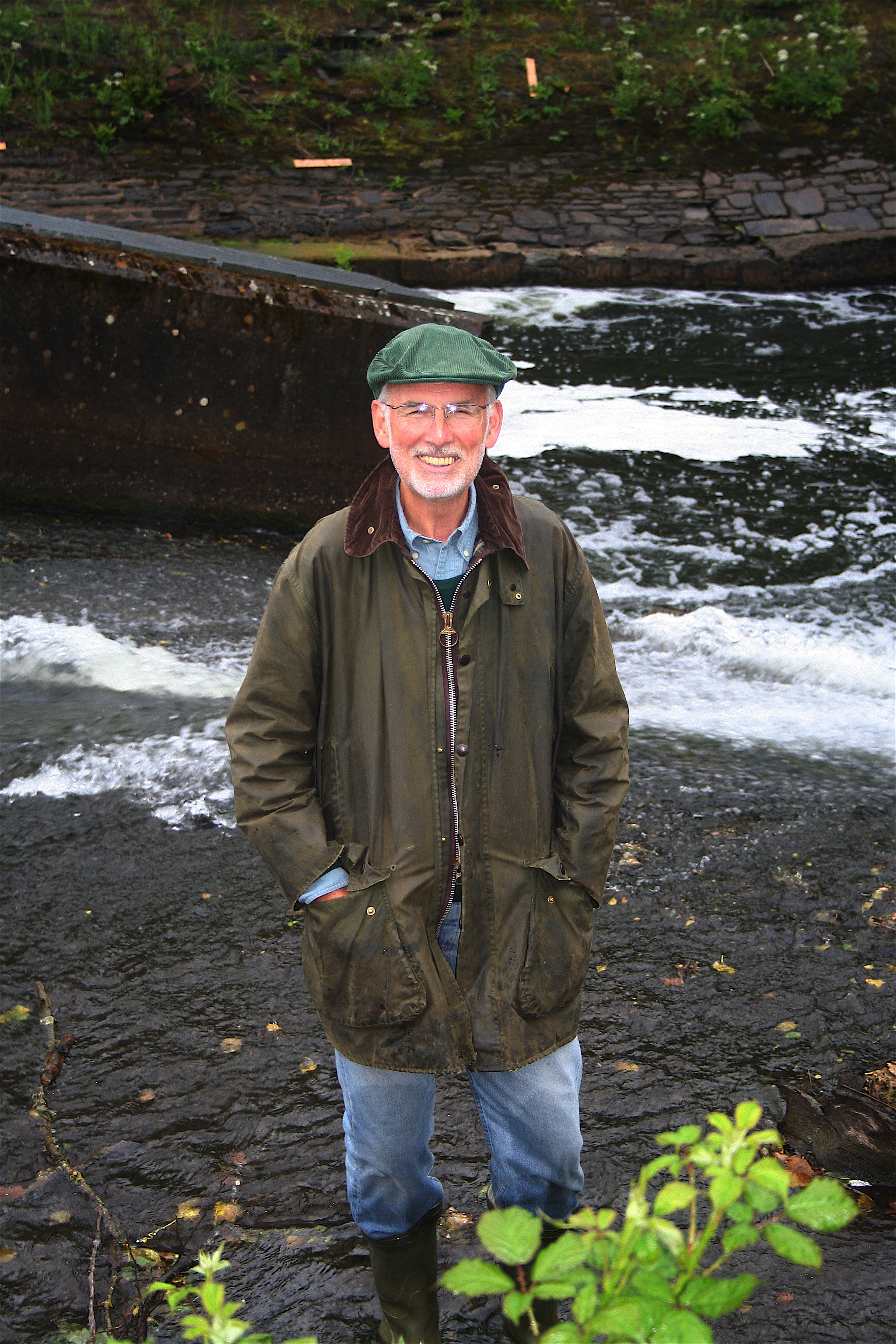
- To say the least 2020 was an abnormal season for us – covid restrictions and two extended low water periods led to fewer fishing days. Nevertheless the beat survey was encouraging – 177 salmon, 192 sea trout and about 2,600 brown trout. To date I only have preliminary EA figures for salmon, 146 (90% returned). Last year’s beat survey numbers were 82 salmon, 265 sea trout and almost 3,000 brown trout.
- River Improvement Work: £10,000 was spent on gravel washing last year on the Upper Taw, Mole, Molland Yeo and Crooked Oak. We plan is to spend the same amount this year. We also plan to spend £8,000 on a Westcounty Rivers Trust fry index survey. WRT last surveyed six years ago in 2015. The EA conducts its full juvenile survey every 6 years and its next survey is scheduled for 2024. However this may be delayed a year because for covid reasons no surveys were possible last year. These WRT and EA surveys are crucial to us since they allow us to fine tune our river improvement plans by reference to the three-yearly information base.
- Mole Pollution Incident: As far as we are aware the EA is pushing ahead, very slowly admittedly, with its plans to prosecute what is a category 1 incident, the worst. Unfortunately information about the case is not forthcoming and we still don’t have access to the original fish kill survey. By releasing it the EA feels it may prejudice its case. We are determined on our part that prosecution should go ahead and it was for this reason the we turned down an enforcement undertaking offer of £6k from the polluter. These EU’s are a form of out of court settlement. Such an enforcement offer had it been accepted by us and subsequently by the EA would have meant no prosecution, an unacceptable outcome. The good news is that under pressure from us the EA has indicated that on a one-off basis it will survey two sites on the polluted stretch of the Mole this season. This should give us a handle on how that stretch of river is being recolonised.
- As you all know we work very closely with the Westcountry Rivers Trust and this is an excellent opportunity for me to thank Adrian Dowding. I have worked closely with Adrian from the time of the Access over Weirs Project onwards and I can safely say that his contribution has been invaluable. He understands our catchment and continues to be committed to help us.
- We were without an EA Enforcement Officer for about 6 months last year after Paul Carter’s retirement. This situation was made good in October with the appointment of Callum Underhill, who like Paul will cover the Taw, Torridge and Lyn. Due to covid restrictions it has not been possible to meet Callum and give him a full briefing on the river and RTFA. We hope to make that good shortly. Meantime telephone conversations must suffice.
- I have been Chairman since the 2007 AGM and this is the right time for me to stand down. I feel much has been achieved, but as you are all well aware keeping our river healthy and its fish stocks in good shape is a continuing uphill struggle given the threats we face. I am referring particularly to the threats from bad farming practices, the 35 sewage treatment works on our system and the 3 anaerobic digesters, which have led to a huge expansion of winter maize growing with damaging consequences from soil run-off. All this works to the detriment of better water quality and healthier fisheries. We have campaigned actively against these threats and I am sure we will continue to do so.
- I believe the Association continues to have a clear river improvement strategy, fully supported by the membership. This strategy is implemented to the extent that funding permits. We always try to be proactive rather than reactive and have punched above our weight regionally. We are well plugged into the national organisations that must lead the national initiatives and campaigns for better water quality and healthier fisheries. I am sure all this will continue under Andy’s Chairmanship.
- I am delighted that the Chairmanship is passing to Andy Gray. In my opinion he is the ideal candidate and he inherits a strong Committee which is widely knowledgeable, has plenty of experience and properly reflects all parts of the river and all types of fishing from brown trout to salmon and sea trout. There is a broad membership base. I know Andy will be a first class Chairman, ably supported in particular by Ian Blewett as Secretary and Richard Nickell as Treasurer. I am also delighted that Eddie Rands, Chairman of South Molton & District Angling Club, is joining the Committee. He will be a real asset.
- Finally I would like to thank everyone for the support that I have received over the years. And in case you think you have finally got rid of me I should point out that the Committee wishes to co-opt me back in an unofficial capacity. I hope to be able to add some value in this role.
My thanks and best wishes to you all.
Alex Gibson
26 March 2021




